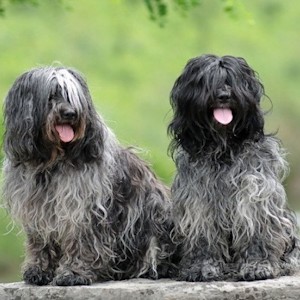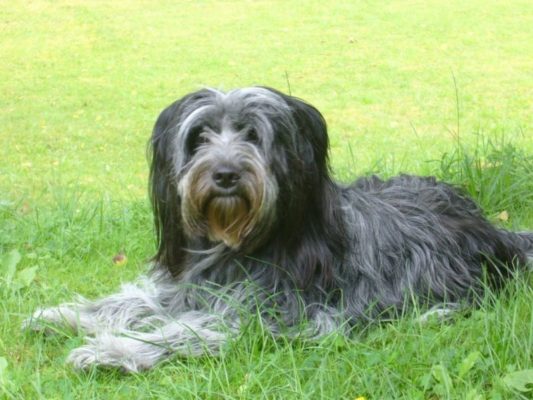Schapendoes
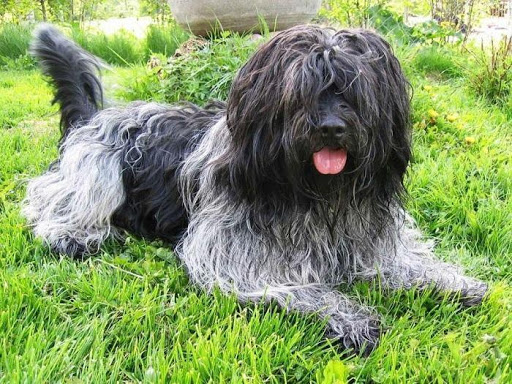
Having worked for many years without much interaction with humans in Dutch fields, it is easy to see why the Schapendoes is an independent dog. Nevertheless, farmers also breed their dogs to make them easy to train. They are also responsive, which means they are eager to please people and do what is required of them. Because they have never had to protect their herds from dangerous predators, Dutch Schapendoes have not developed aggressive or defensive qualities.
Table of Contents
Breed Information
| Another Name | Dutch Schapendoes, Nederlandse Schapendoes |
| Origin | Netherlands |
| Height | Males 43-50 cm Females 40-47 cm |
| Weight | Males 12-25 kg Females 12-20 kg |
| Fur | Thick, dense, with an undercoat |
| Color | Black, black-white, tri-color, brown-white, gray-white, blue-gray |
| Lifespan | 12-15 years |
| FCI Classification | Sheepdogs and Cattledogs (except Swiss Cattledogs) |
| Group | For children, for protection, for guarding, watchdogs |
| Price | From $200 |
Breed Photos
Origin History
The Schapendoes is considered the most popular in the Drenthe, a province in the northeast of Holland known for its marshes and forests. The breeds closest to the Dutch Schapendoes are the Old English Sheepdog, the Bergamasco, the Bearded Collie, and the Polish Sheepdog and Briard. They all bear a close resemblance. Since the Schapendoes evolved naturally on mainland Europe, they are likely a mixture of many local shepherd breeds.
In the late 1800s, all regional herding dogs were grouped and called “domestic herding dogs.” Their ability as working dogs was a priority for farmers. These dogs grazed sheep for long hours in wet and cold weather conditions, which required long protective coats. They had to be easy to train and responsive to their owner.
Over time the Dutch Schapendoes became less popular with farmers as they imported other dogs, such as the Border Collie, to do their work. Like many other breeds, they suffered greatly during the world wars, and in the middle of the twentieth century, the population of dogs declined significantly.
The Dutch Kennel Club eventually recognized the breed in 1952 and did the same in 1971. Several major Kennel Clubs, including the FCI, have registered them in their breeding groups.
Appearance
The Schapendoes is a medium-sized dog. Their main distinguishing feature is a thick, long coat covering their ears and eyes. They should have a mustache and beard; their tail is usually long and will sway from side to side as they work or run. Underneath the dense coat of fur hides an athletic and muscular body. Males are mostly between 43 and 50 cm tall and females between 40 and 45 cm. Usually, representatives of the breed weigh from 12 to 25 kg. Their long and abundant double coat can be any color, although the most common color is white with brown or gray markings. There is considerably less hair on the legs.
Character
Having worked for many years without much interaction with humans in Dutch fields, it is easy to see why the Schapendoes is an independent dog. Nevertheless, farmers also breed their dogs to make them easy to train. They are also responsive, which means they are eager to please people and do what is required of them. Because they have never had to protect their herds from dangerous predators, Dutch Schapendoes have not developed aggressive or defensive qualities. Thus, most of them are very friendly and affectionate. Being a watchdog by nature, Schapendoes will bark at a stranger’s approach and remain on guard even when resting at home. The breed loves to play. They are fun dogs that often get along with other pets.
Care
A short daily grooming routine should keep the long hair of the Dutch Schapendoes from becoming tangled. A “shabby” coat is a breed trait and does not need to be corrected. Owners should check the ear canals every few days, as their furry ears may be prone to infections.
Training
Schapendoes are very intelligent and can learn many tasks quickly. But because of their intelligence, they can be cheeky, breaking any rules. Planned training with consistent methods will help prevent any stupidity or disobedience of this breed.
Schapendoes are increasingly common in the competitive sports ring. They excel in many disciplines, including agility and flyball. Natural athleticism and training ability was essential to Dutch sheep breeders back in the day, resulting in a very talented dog today.
Common Diseases
Schapendoes are healthy dogs and often live 12 to 15 years. Medical features to keep in mind include:
- heart disease;
- retinal atrophy;
- ear infections.
Nutrition
In the food unpretentious. Suitable combined or natural food – lamb, beef, vegetables – carrots, zucchini, pumpkin.
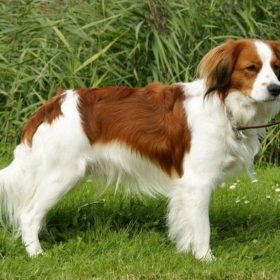 Kooikerhondje
Kooikerhondje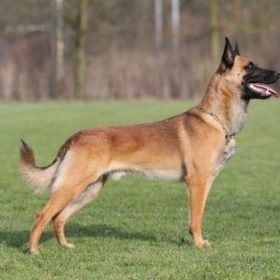 Belgian Shepherd Malinois
Belgian Shepherd Malinois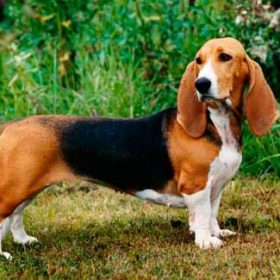 Basset Artésien Normand
Basset Artésien Normand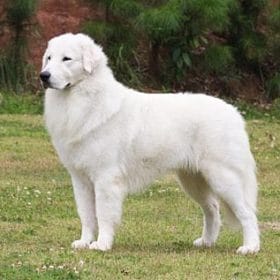 Maremmano-Abruzzese Sheepdog
Maremmano-Abruzzese Sheepdog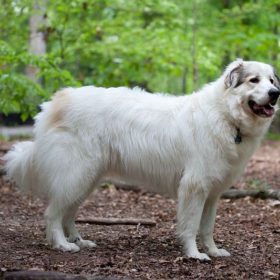 Pyrenean Mountain Dog
Pyrenean Mountain Dog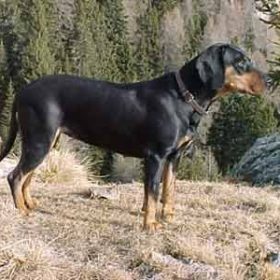 Austrian Black and Tan Hound
Austrian Black and Tan Hound